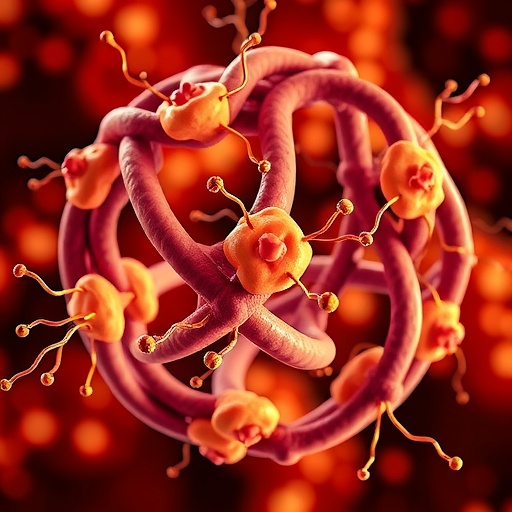Using a stock-market type index, CDDEP researchers find large disparities in the effectiveness of antibiotic therapies worldwide
Washington, DC – Antibiotic resistance poses an increasing threat to global health, development, and food security. Resistance has been driven, in part, by antibiotic use, which has grown 66 percent since the year 2000. Despite global commitments to address antimicrobial resistance, there remains no effective system to track progress at a global scale. Evaluating and communicating the problem of antibiotic resistance to a lay audience is challenging because of the large number of bacterial species and antibiotics involved. Furthermore, single bacterial species can be resistant to multiple classes of antibiotics, and thus the potential threat to patient health, varies based on a pathogen’s genetic makeup and background.
To better communicate the problem of resistance, researchers at CDDEP developed the Drug Resistance Index (DRI) which provides a snapshot of the effectiveness of antibiotic therapy by country. The DRI resembles stock market indices and combines antibiotic consumption measurements with resistance data to help compare aggregate resistance across time and between countries.
“The Drug Resistance Index provides useful and easy to understand metric that combines antibiotic use and resistance into a single number,” said study author Eili Klein. “This makes it easier for policymakers to understand the complex problem of resistance without getting into the details of the variety of different antibiotics and organisms, and to track the problem over time.”
Using resistance data from CDDEP’s ResistanceMap and antibiotic use data obtained from IQVIA’s MIDAS database, researchers calculated the DRI rates for 41 countries. Overall, the DRI rates varied widely across countries and ranged from a low of 8.1 in Sweden to a high of 71.6 in India.
High-income countries generally had lower DRI rates than low- and middle-income countries. The five countries with the lowest DRIs were Sweden (8.1), Canada (9.7), Norway (16.5), Finland (20.2), and Denmark (24.1). Countries with the highest DRIs, and therefore the lowest relative effectiveness of antibiotic therapy, included India (71.6), Thailand (60.6), Ecuador (60.3), and Venezuela (58.9). The DRIs for other select countries were 32.9 in Switzerland, 38.6 in Australia, 45.4 in the UK, 46.8 in Vietnam, and 49.2 in Mexico.
“The DRIs show that low- and middle-income countries not only suffer from a higher burden of disease, but they also have less access to newer, more effective drugs and thus a lower level of antibiotic effectiveness,” noted Dr. Klein.
Variations in DRIs were correlated with country income levels. In high-income countries, higher DRIs were due largely to differences in antibiotic use, with higher levels of antibiotic consumption leading to increases in resistance. For low- and middle-income countries, where per capita antibiotic use is generally lower than high-income countries, higher DRIs may reflect disparities in resistance surveillance and systemic challenges in healthcare systems that increase transmission of resistant pathogens.
The study titled, “Tracking Global Trends in the Effectiveness of Antibiotic Therapy Using the Drug Resistance Index” was published on April 11, 2019 in BMJ Global Health and is available online here.
###
About the Center for Disease Dynamics, Economics & Policy
The Center for Disease Dynamics, Economics & Policy (CDDEP) produces independent, multidisciplinary research to advance the health and wellbeing of human populations around the world. CDDEP projects are global in scope, spanning Africa, Asia, and North America and include scientific studies and policy engagement. The CDDEP team is experienced in addressing country-specific and regional issues, as well as the local and global aspects of global challenges, such as antibiotic resistance and pandemic influenza. CDDEP research is notable for innovative approaches to design and analysis, which are shared widely through publications, presentations and web-based programs. CDDEP has offices in Washington, D.C. and New Delhi and relies on a distinguished team of scientists, public health experts and economists.
Media Contact
Kayli Hiban
[email protected]




